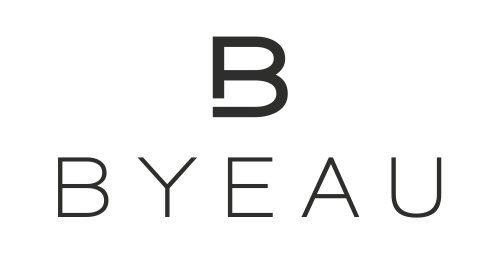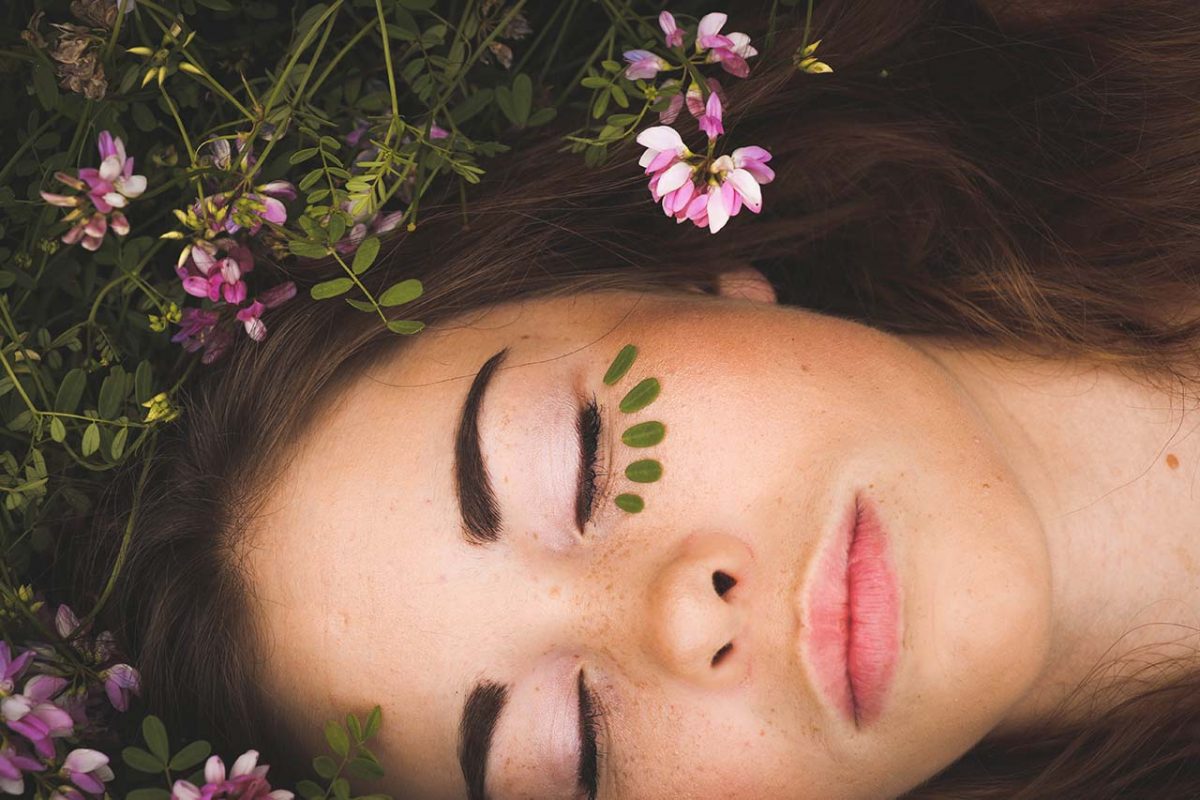LED light therapy has taken off in popularity in recent years—both as an in-office treatment and for use at home. Blame that in part on celebrities, who regularly post selfies with their LED light masks that claim to target acne and help them get that red-carpet glow.
“LED therapy has gained popularity because it has been mentioned more and more in the media and on social media, especially by celebrities,” says Dr. Sejal Shah, board-certified dermatologist and RealSelf contributor in New York City. “But I believe people like LED therapy because it is non-invasive, painless and can actually be effective,” she notes.
But what exactly are LED lights and how do they work? Read on.
What Is LED Light Therapy
It seems too good to be true: You shine an LED light over your face and the problem areas go away. While that really is how it works, there’s a lot more going on under the surface that only science can explain. It turns out, there’s a powerful source of energy in that tiny light.
“LED (light emitting diode) therapy is a form of low-level light energy that penetrates the skin to cause different reactions and target different issues,” explains Dr. Robin Evans, board-certified dermatologist at Southern Connecticut Dermatology. “This type of energy in the wavelength spectrum of 600–1300 nanometers can penetrate deep into the skin and be absorbed. This can result in skin rejuvenation, repair of tissue and promotion of wound healing. The energy can also target bacteria, inflammation and stimulate collagen.”
The Benefits of LED Light Therapy
No matter what problem your skin has—including breakouts or signs of aging, LED light therapy might be able to help. “The light energy can destroy bacteria, which can be beneficial for acne,” Evans says. “It can also target inflammation, which is beneficial for rosacea and acne-prone skin. It also stimulates collagen, which acts as an anti-aging treatment against fine lines and wrinkles” she adds.
Another benefit, unlike other skin treatments (extractions, we’re looking at you!), is that LED light therapy is for the most part pain-free. An LED light doesn’t heat the skin like a tanning bed would, so there won’t be any thermal damage (the exception is an infrared light.) “Generally, you’ll have minimal to no downtime with very little discomfort,” Evans adds.
Red vs. Blue. vs. Infrared Light
There are different colors of LED light available. Each offers a unique benefit for the skin, Shah says. Here’s a breakdown of how each works:
- Blue light: kills acne bacteria and treats breakouts
- Red light: reduces inflammation, promotes healing and stimulates collagen synthesis
- Infrared light: similar to red light, but is invisible to the naked eye and penetrates deeper into the skin
- Amber light: builds new collagen and elastin
Using LED Light Therapy at Home
LED light therapy for at-home use might not be as powerful as the ones your dermatologist uses, but they can still be highly effective. Here’s what else you should consider before making a purchase:
- Power matters
LED lights are measured in nanometers. One study found that a combination of red and blue light between 415 nm and 633 nm was effective in treating acne.
- Regular use is recommended
Depending on the power level of your at-home device, you may need to use it several times a week to see results. Products like the LightStim need to be held on each area of the face for three minutes at a time, so they are a bit of a time commitment. You can also try a hands-free light that goes over your entire face and uses red light to target fine lines and wrinkles around the eye, to cut down on time.
- You get what you pay for
Considering that an in-office treatment costs about $40 per session, at-home LED devices, which can range from $50 to more than a thousand, are an affordable way to reap the benefits of light therapy. But remember that for high-tech devices like this, you usually get what you pay for. Pricing depends on the technology used and its power: the more power the device has, the more likely you are to see results.
Tips and Precautions for Best Results
Almost all skin types can use an LED light at home, Evans says. However, avoid them if your skin is inflamed or irritated, or if you have any rashes on the areas being treated, she recommends. “Anyone with open wounds or possible infections should see their dermatologist prior to trying any of these treatments,” she stresses.
She also recommends following all package directions (some come with goggles to protect your eyes, for example) and testing an LED light on your skin for a shorter amount of time to start. If you don’t have any reaction, use the device several times a week for best results. “Keep in mind that home devices are not as powerful as in-office treatments, so generally they need to be used more frequently and require more of a time commitment to see results,” Shah adds.


